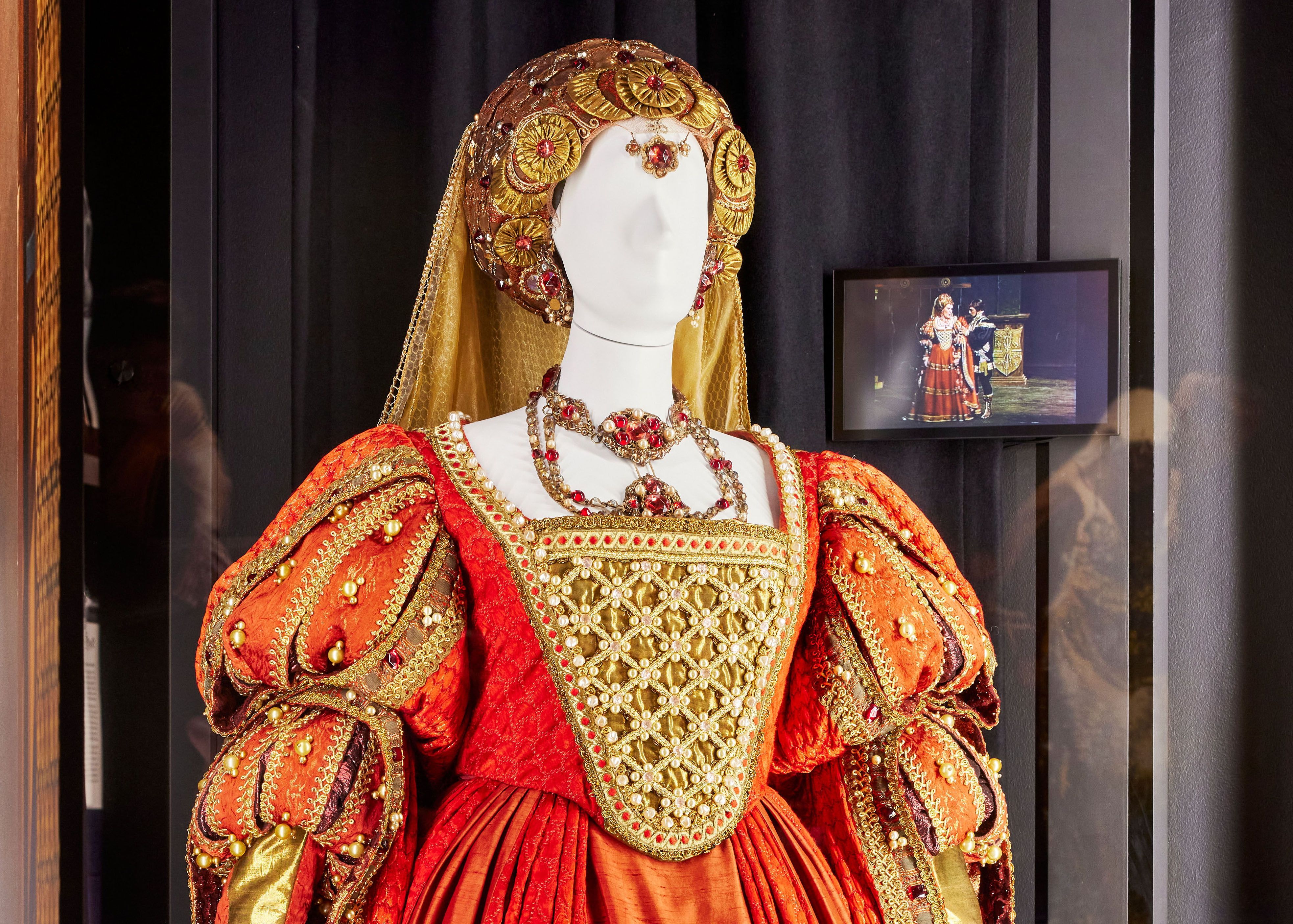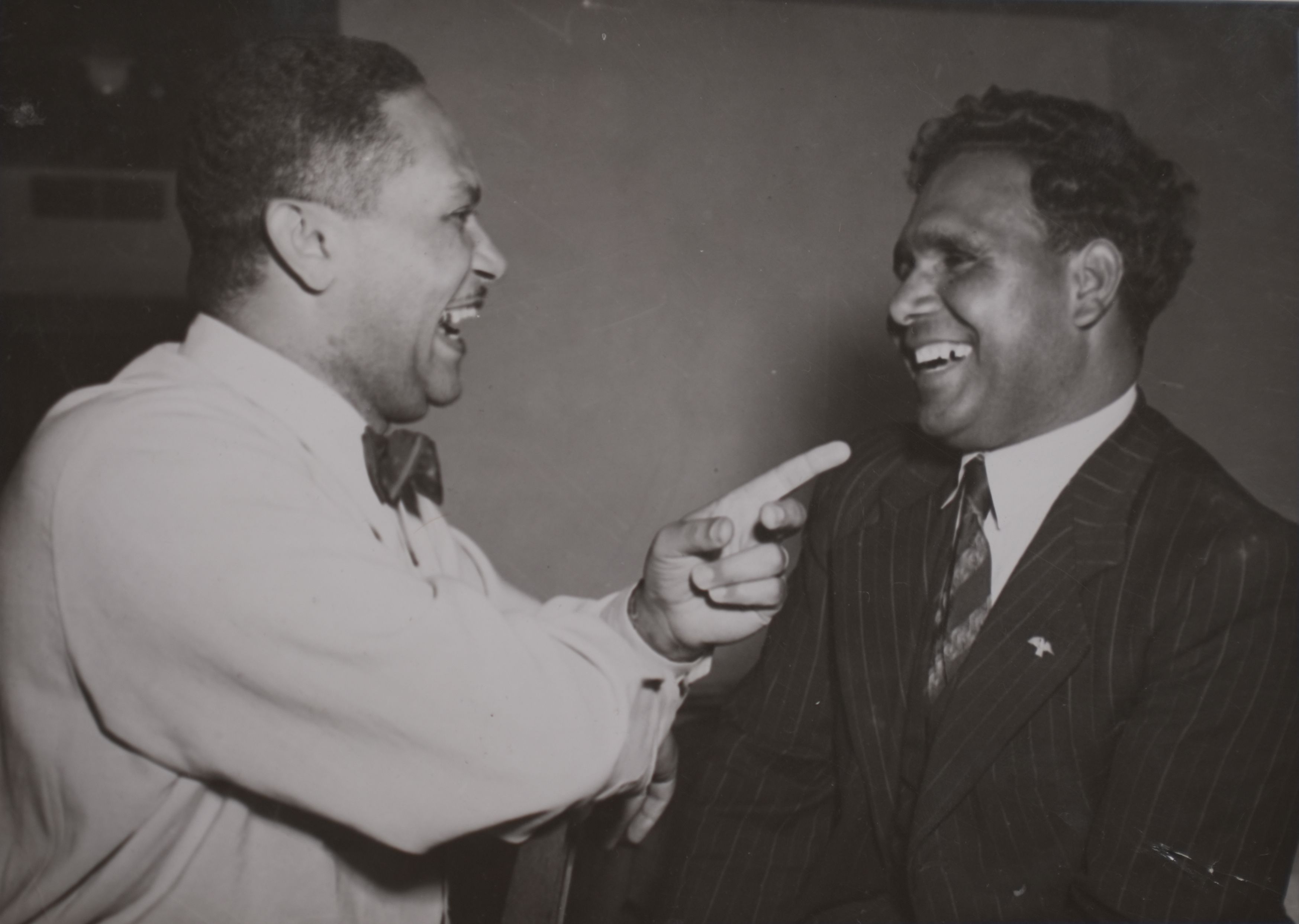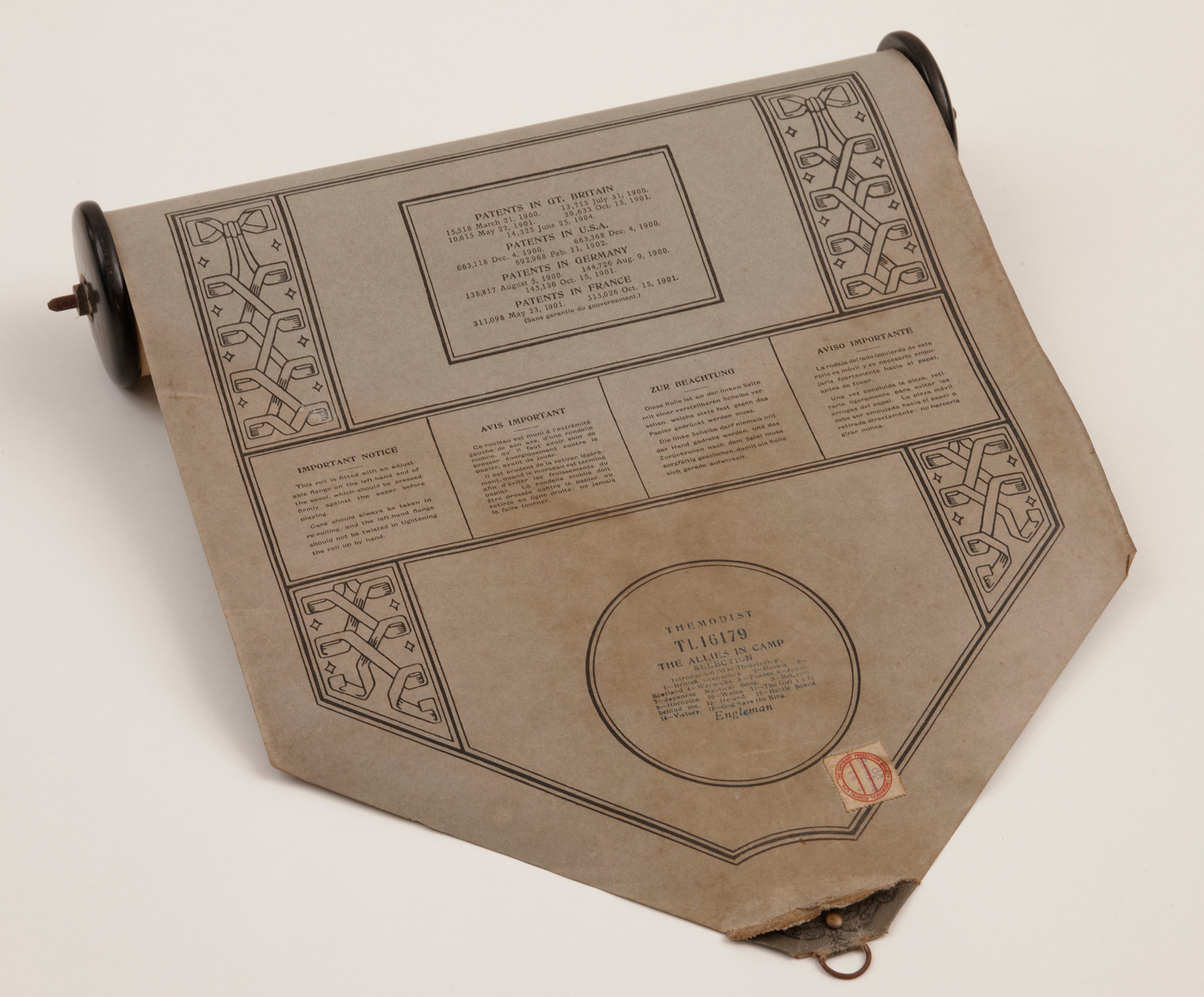Bel Canto in the bush: opera and song in Sydney, 1835-1850
Guest of honour Maestro Richard Bonynge AC CBE joins a glittering crowd at Elizabeth Bay House for a concert of popular song from early nineteenth-century Sydney.
On 28 August 2018, Sydney Living Museums Foundation hosted a special event, Bel Canto in the Bush: Opera and Song in Sydney, 1835–50, in the saloon of Elizabeth Bay House. Opera Australia’s Soprano Jane Ede and pianist Thomas Johnson performed arias and songs from our significant sheet music collections for Maestro Bonynge and fifty guests.
We hold an estimated 3000 individual pieces of published sheet music, dating back to the late 18th century, in its historic house collections and at the Caroline Simpson Library. The research value of the collection was significantly enhanced by the recent donation of the Stewart Symonds sheet music collection, with much of its contents provenanced to 19th-century NSW families.
The concert launched a fundraising campaign to conserve, digitise and catalogue the sheet music from our collections and provide online access. We now have hundreds of rare pieces available online through Internet Archive, with interest from all around the world, and are continuing to work towards our target of providing access to 2000 musical scores. Maestro Bonynge spoke eloquently about the power of bel canto, his own collecting passion, and the importance of the music project at MHNSW.
Programmed by MHNSW's research librarian, Dr Matthew Stephens, some of the music featured in the concert belonged to first-generation ‘currency lasses’, girls learning music in a distinctly colonial bubble far from the latest musical fashions of Europe. Many of the collections appear to have been bound into volumes at a moment of change in their owner’s life, such as a marriage or moving to a new home; with their inscriptions, interpretive markings and dog-eared pages, they amount to highly personal documents.
Rediscovering a lost musical world
The opera history annals have well documented the role of two Australians, Dame Joan Sutherland and Maestro Richard Bonynge, who, from the 1950s onwards, were part of a small vanguard of singers and conductors who were interested in promoting forgotten works of bel canto opera. Maestro Bonynge’s tireless research, performance and recording of composers such as Rossini, Donizetti and Bellini, and more recently the songs and operas of Balfe and Wallace, have had a significant impact upon the choice of vocal repertoire performed over the past 50 years. Despite the international influence of Sutherland and Bonynge, questions about the early repertoire available locally are yet to be explored fully. Which opera and song composers were represented in the minds and drawing rooms of the early Australian settlers? What do we know about access to sheet music, teaching methods and style of performance at this time?
The story of domestic music making in Australia after European settlement is inevitably one of immigration. Before the 1830s, colonists wishing to make music in Sydney relied on sheet music they’d brought with them or memorised from home, or obtained through local social networks or at auctions by those leaving the colony. From the 1840s onwards, Australian compositions began to appear alongside British works in Australian drawing rooms, but the canonic German composers such as Beethoven, Schubert and Schumann remained virtually unknown in the home until the 1860s. Far more common were the names of Michael Balfe, William Vincent Wallace, Carl Maria von Weber and Italian composers such as Gioacchino Rossini. To complement this choice of repertoire, Thomas Johnson played on the ‘Oxley Piano’ - a beautiful Broadwood square piano, exported to Australia in 1843 - and kindly made available on long loan to Elizabeth Bay House by harpsichord maker and restorer of early keyboard instruments, Carey Beebe. Along with a display of some of the original scores performed, Carey joined the audience to answer their many questions about the instrument and its history.
With such a rich musical palette to explore and with access to the original instruments and historic house settings in which this music was once performed, Sydney Living Museums has a rare opportunity to bring to life a lost musical soundscape, and one that often surprises. It is a great privilege to access these scores and ask performers to enter into a conversation not just with the musical works themselves but also with their former owners.
Published on
Related
Browse all
Dressing Joan Sutherland
One of the most spectacular costumes on display in the exhibition The People’s House: Sydney Opera House at 50 is an extraordinary Renaissance dress designed by Kristian Fredrikson and worn by Dame Joan Sutherland in the part of the notorious Lucrezia Borgia

Paving the way ... Harold Blair: The first Aboriginal opera singer
A short documentary that offers a glimpse into the life of Harold Blair, a world-renowned tenor, family man and political campaigner who sought social justice and human rights for Australia’s First Nations people

Harold Blair, trailblazer
Wulli Wulli tenor Harold Blair AM was Australia’s first professionally trained Aboriginal opera singer

WW1
The Allies in camp music roll
Rouse Hill house boasts a fine pianola, a player piano, which came into the house just a few years before the outbreak of World War I
